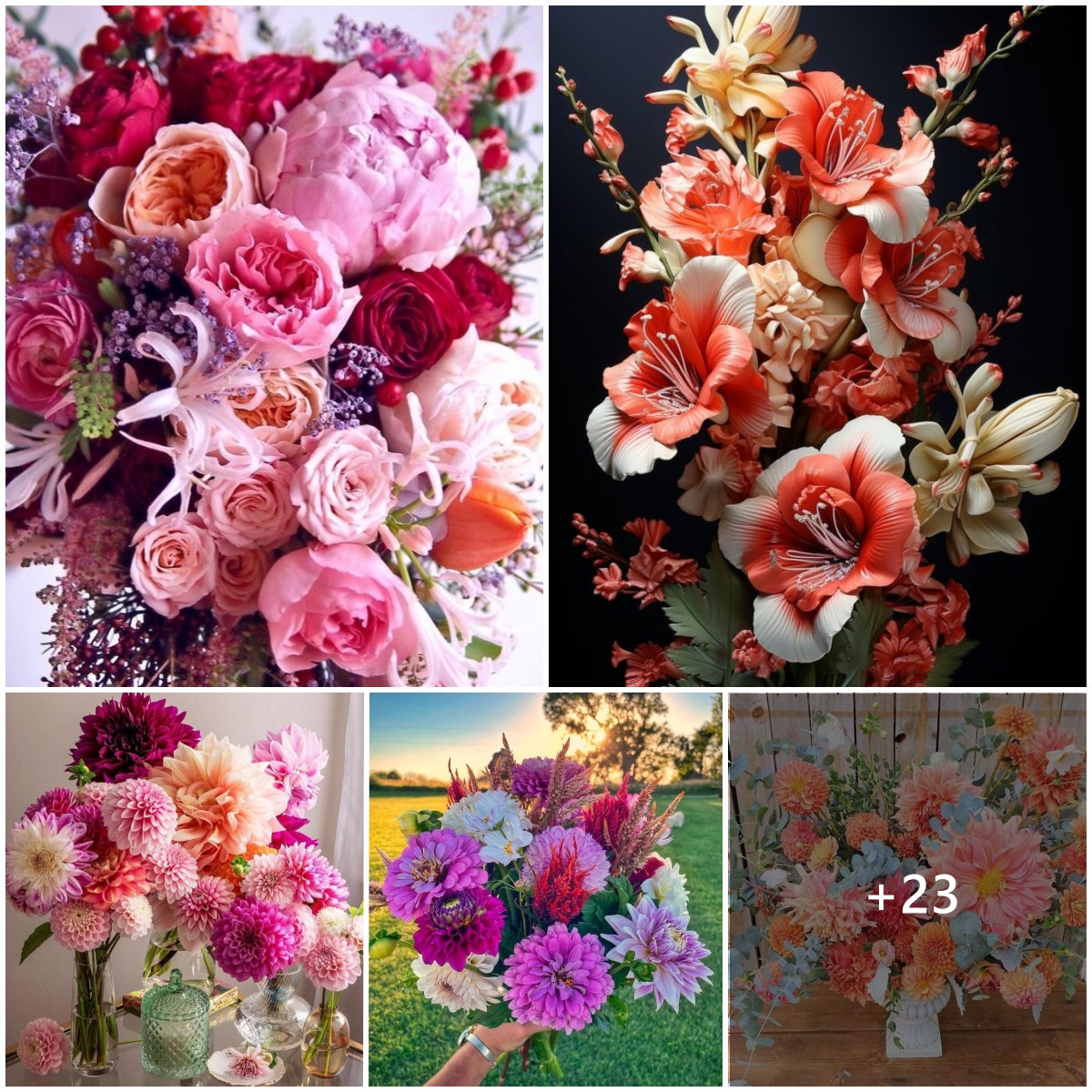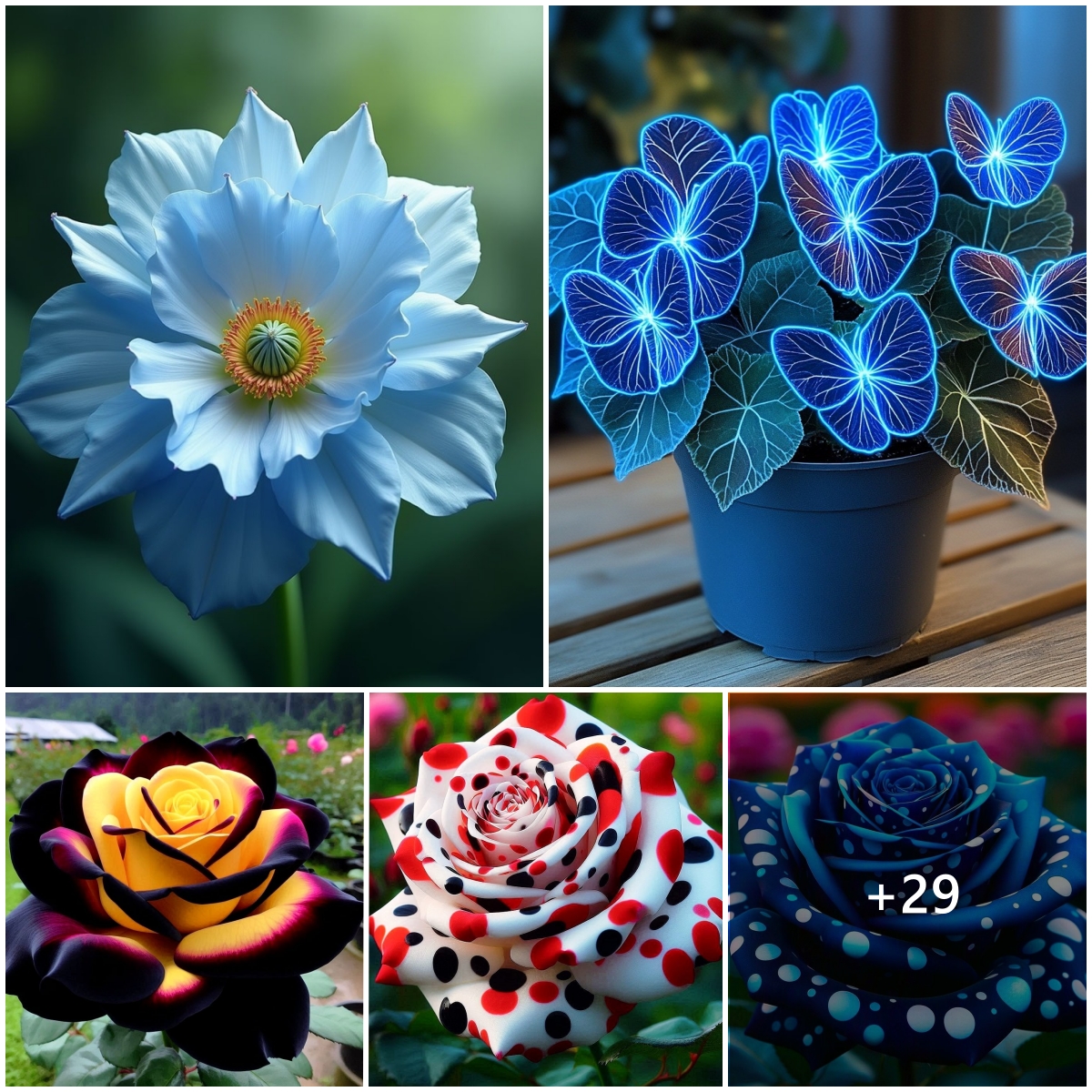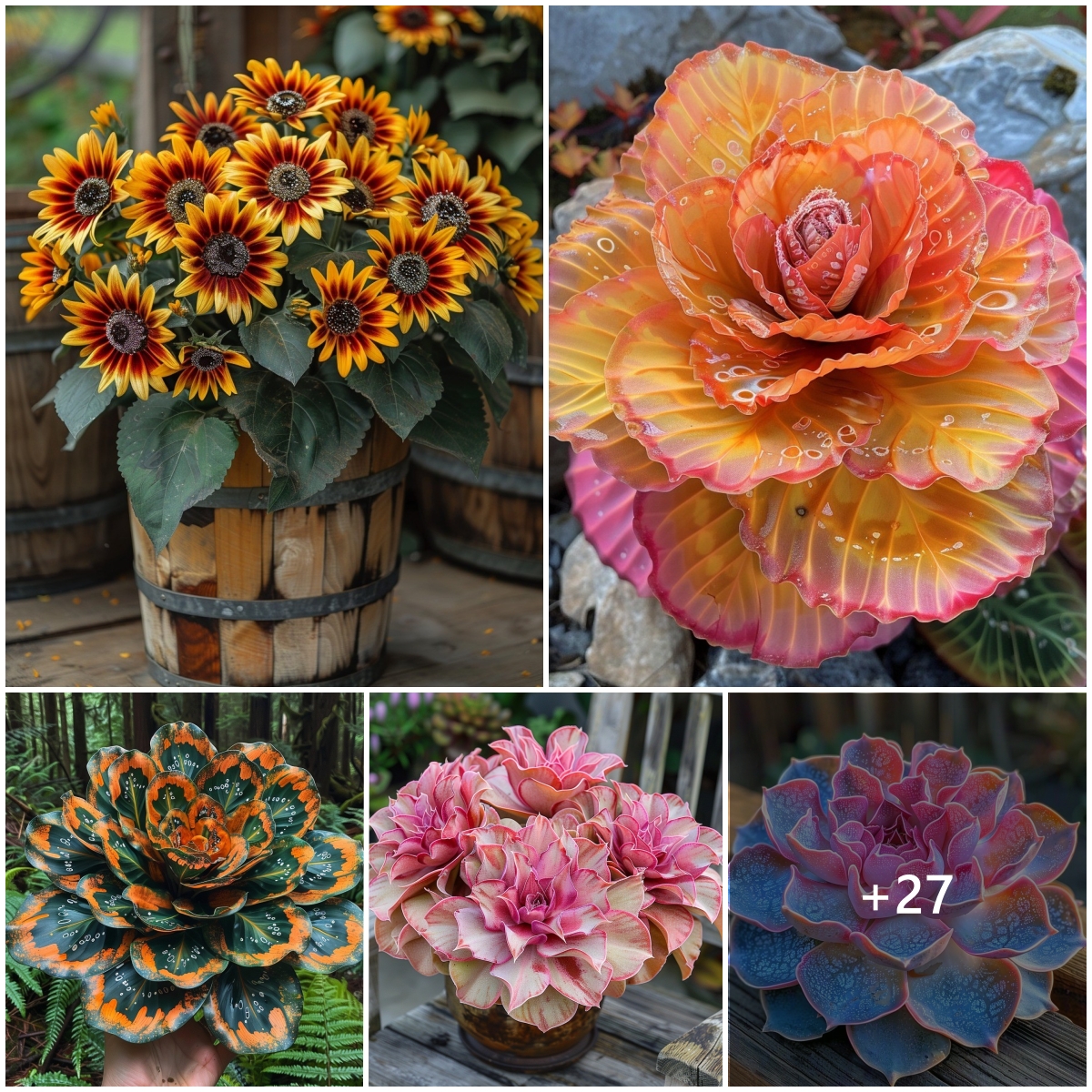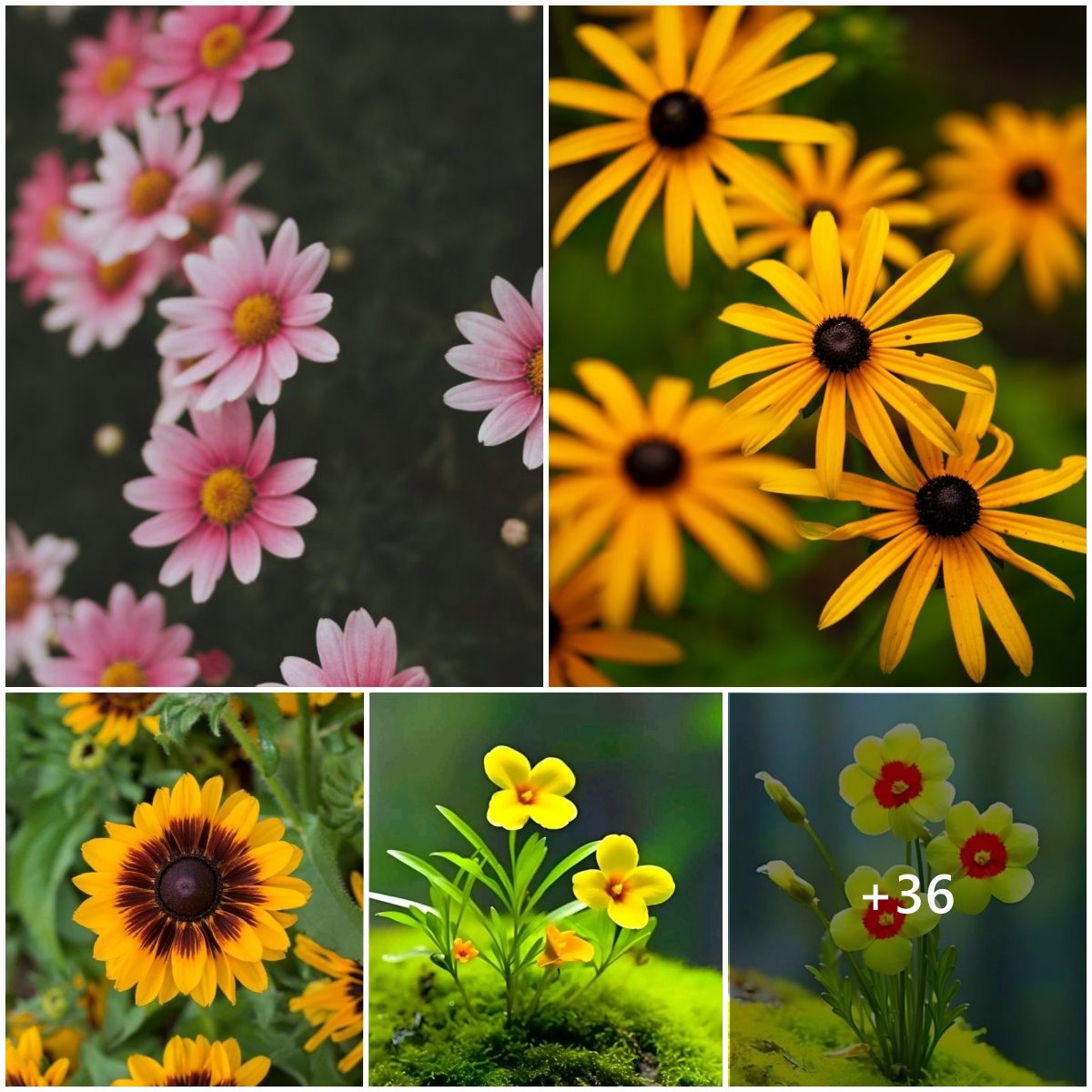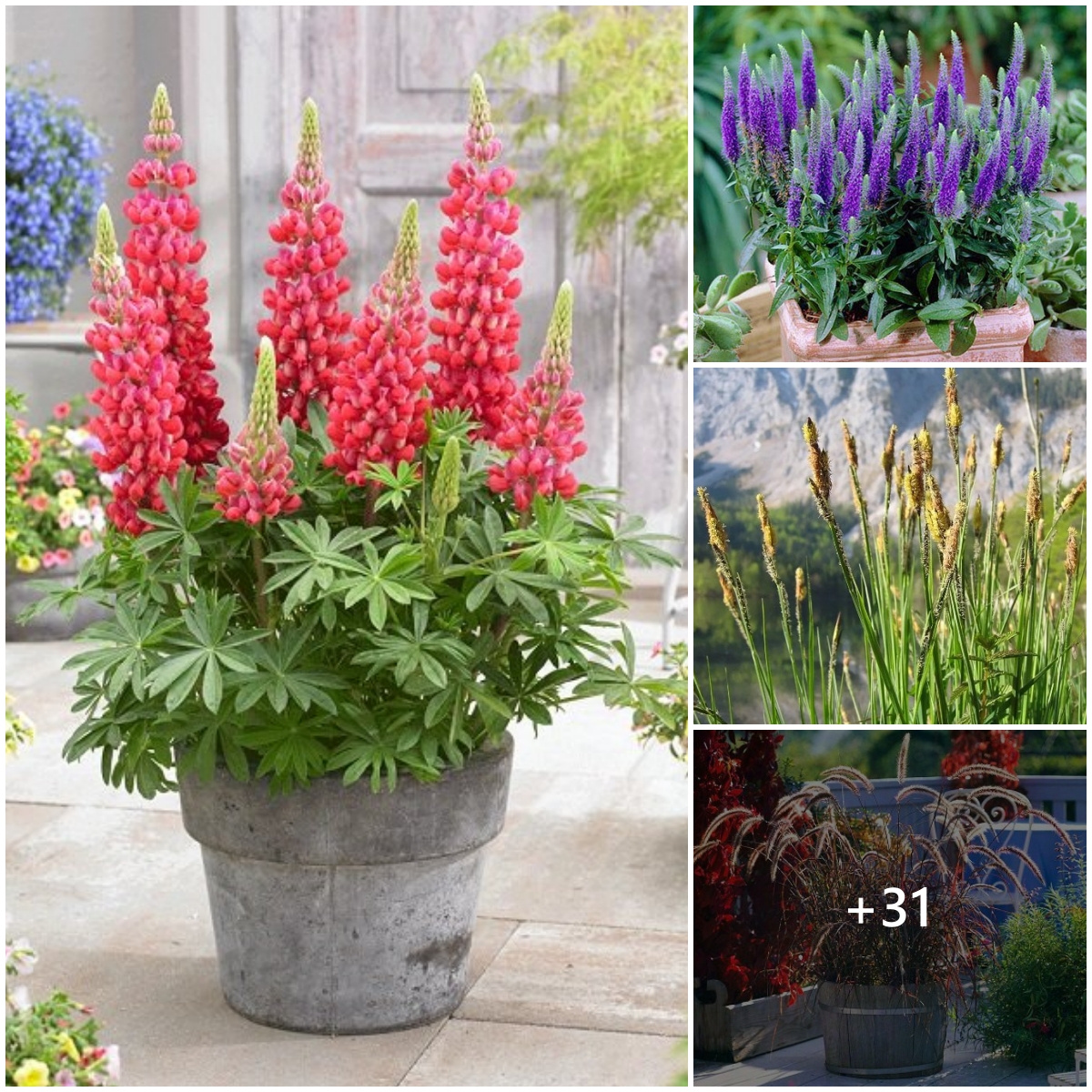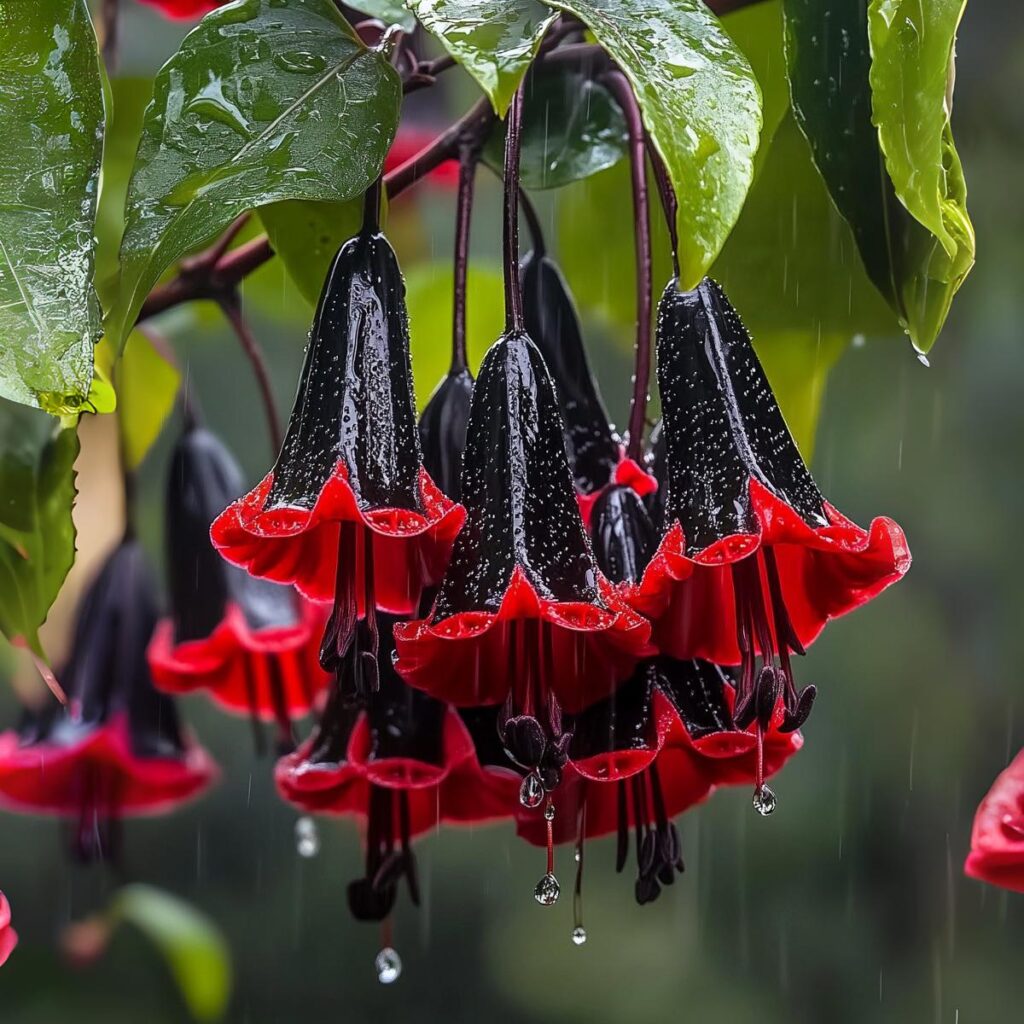
The Calla Lily, with its elegant trumpet-shaped blooms and glossy foliage, has long captivated gardeners, artists, and nature enthusiasts alike. This article delves deep into the multifaceted world of the Calla Lily, exploring its botanical characteristics, cultural significance, and the art of cultivation. From its misunderstood classification to its symbolic representations in art and digital media, we’ll uncover the many layers that make the Calla Lily a truly fascinating subject of study and admiration.
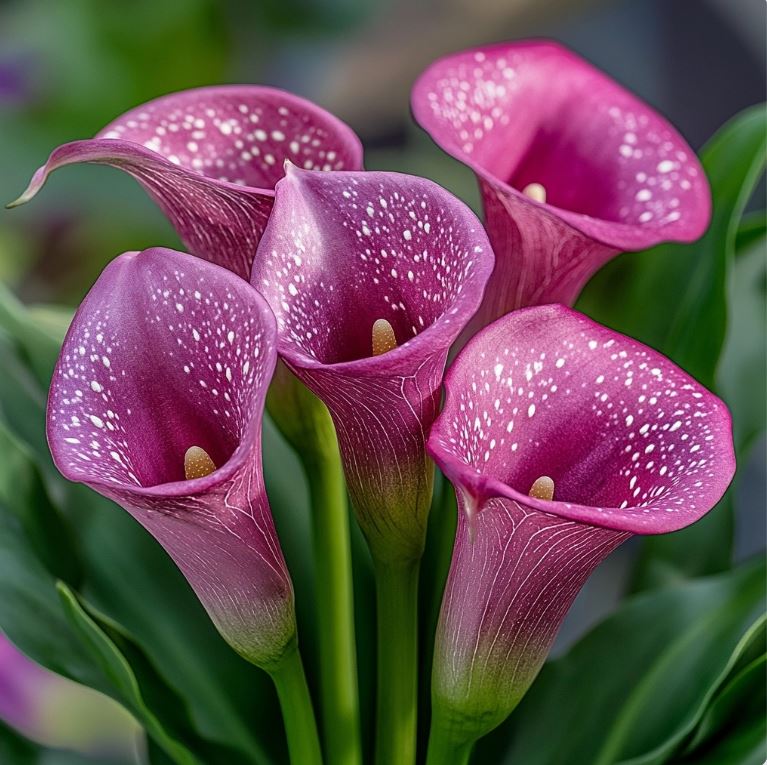
Introduction to Calla Lily
The Calla Lily, scientifically known as Zantedeschia, is a genus of flowering plants that has become a beloved fixture in gardens, floral arrangements, and cultural symbolism worldwide. Despite its common name, the Calla Lily is not a true lily, a misconception that opens the door to a fascinating exploration of botanical classification and nomenclature. This section will unravel the mysteries surrounding the Calla Lily’s identity, characteristics, and the implications of its misnomer.
Scientific Classification and Overview of Calla Lilies
The genus Zantedeschia belongs to the family Araceae, commonly known as the arum family. This classification places Calla Lilies alongside other well-known plants such as philodendrons, peace lilies, and caladiums. The Zantedeschia genus comprises eight species, each with its unique characteristics and native habitats.
Calla Lilies are native to southern Africa, particularly South Africa, Lesotho, and Swaziland. Their natural habitats range from marshlands to stream banks, showcasing their adaptability to various moisture conditions. This diversity in native environments contributes to the Calla Lily’s versatility in cultivation, allowing it to thrive in different garden settings and climates around the world.
The most commonly cultivated species is Zantedeschia aethiopica, often referred to as the common arum lily or simply the Calla Lily. This species is known for its large, white spathes and has become the archetypal image of the Calla Lily in popular culture and horticulture.
Common Misconceptions and Their Implications
The misnomer “Calla Lily” has led to numerous misconceptions about the plant’s true nature and care requirements. This confusion stems from the plant’s superficial resemblance to true lilies (genus Lilium) in terms of elegance and petal-like structures. However, the implications of this misconception go beyond mere nomenclature.
Firstly, the care requirements for Calla Lilies differ significantly from those of true lilies. While true lilies often prefer well-drained soil and can be sensitive to overwatering, many Calla Lily species thrive in moist conditions and can even grow as marginal aquatic plants. This difference in water needs can lead to improper care if gardeners treat Calla Lilies as they would true lilies.
Secondly, the misconception affects how people perceive the plant’s structure. What appears to be a large, showy petal in a Calla Lily is actually a modified leaf called a spathe. The true flowers of the Calla Lily are tiny and clustered on a finger-like structure called a spadix, which is embraced by the spathe. Understanding this structure is crucial for appreciating the plant’s unique beauty and for proper care, especially when it comes to deadheading and propagation.
Lastly, the misclassification can impact how Calla Lilies are used in garden design and floral arrangements. Their growth habits, bloom times, and cultural significance differ from true lilies, potentially leading to suboptimal placement in garden layouts or inappropriate symbolic use in ceremonies and events.
Flower Structure and Variability
The distinctive structure of Calla Lily flowers sets them apart from many other ornamental plants. The most prominent feature, often mistaken for a single large petal, is the spathe. This modified leaf can vary dramatically in color depending on the species and cultivar, ranging from pristine white to vibrant shades of pink, purple, yellow, and even near-black.
The spathe surrounds the spadix, a cylindrical structure that bears the actual tiny flowers. These minute blooms are typically yellow and are arranged densely along the spadix. The interplay between the spathe and spadix creates the Calla Lily’s iconic shape, often likened to a trumpet or chalice.
One of the most fascinating aspects of Calla Lilies is their incredible variability. Horticulturists and plant breeders have developed numerous cultivars that showcase a wide array of colors, sizes, and even spathe shapes. Some varieties feature spathes with ruffled edges, while others boast multiple colors on a single spathe, creating a stunning ombré effect.
This variability extends to the plant’s overall size as well. While some species, like Zantedeschia aethiopica, can grow to impressive heights of up to 1 meter (3 feet) or more, dwarf varieties have been developed for container gardening and smaller spaces. The diversity in size and color allows gardeners to incorporate Calla Lilies into various landscape designs, from formal garden beds to whimsical container arrangements.
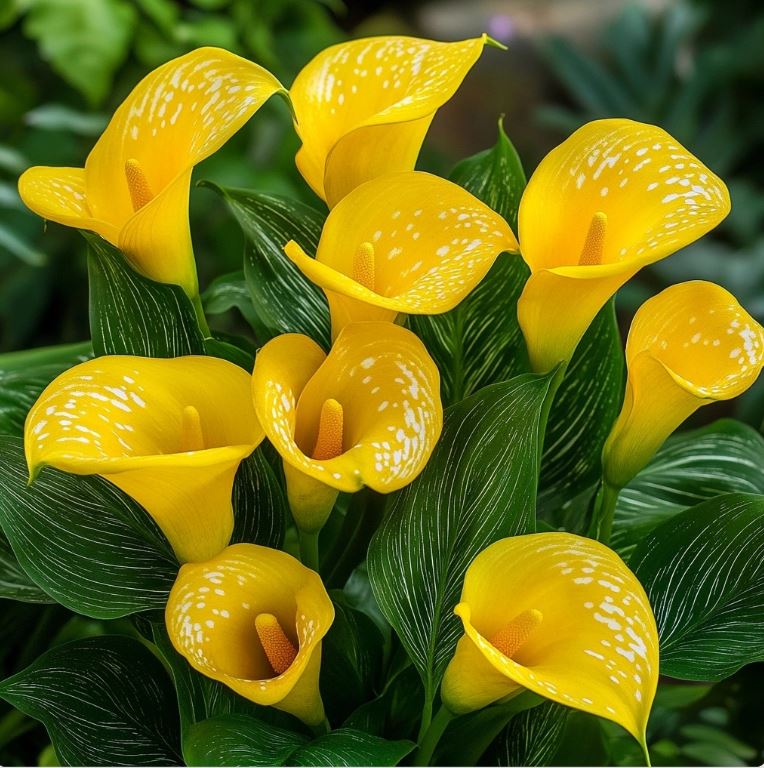
Beyond these primary species, horticulturists have developed numerous hybrids and cultivars that offer an astonishing array of colors and patterns. These include:
- ‘Black Star’: A dramatic cultivar with deep purple, almost black spathes.
- ‘Flame’: Features orange spathes with red edges, reminiscent of flickering flames.
- ‘Crystal Blush’: Produces white flowers that develop pink edges as they mature.
- ‘Green Goddess’: A unique variety with green and white bi-colored spathes.
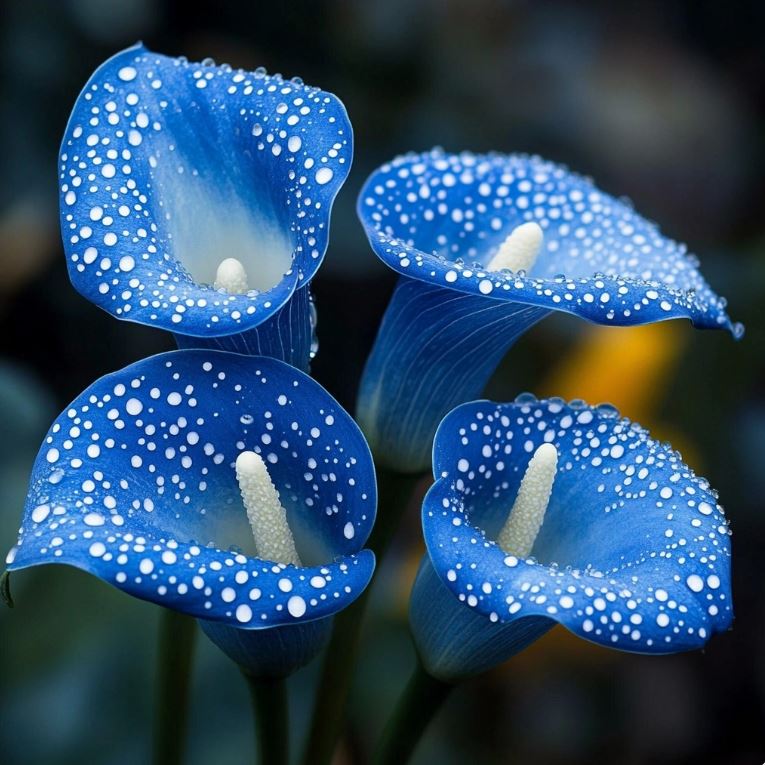
The diversity of Calla Lily varieties allows gardeners to experiment with color combinations and create striking visual displays. Some cultivars are better suited for container gardening, while others excel in landscape plantings. This variety also extends the potential blooming season, as different cultivars may flower at slightly different times.
Light Requirements and Sun Exposure
Calla Lilies are versatile in their light requirements, but understanding their preferences can lead to optimal growth and blooming. In general, these plants thrive in full sun to partial shade conditions, with the specific needs varying slightly depending on the climate and species.
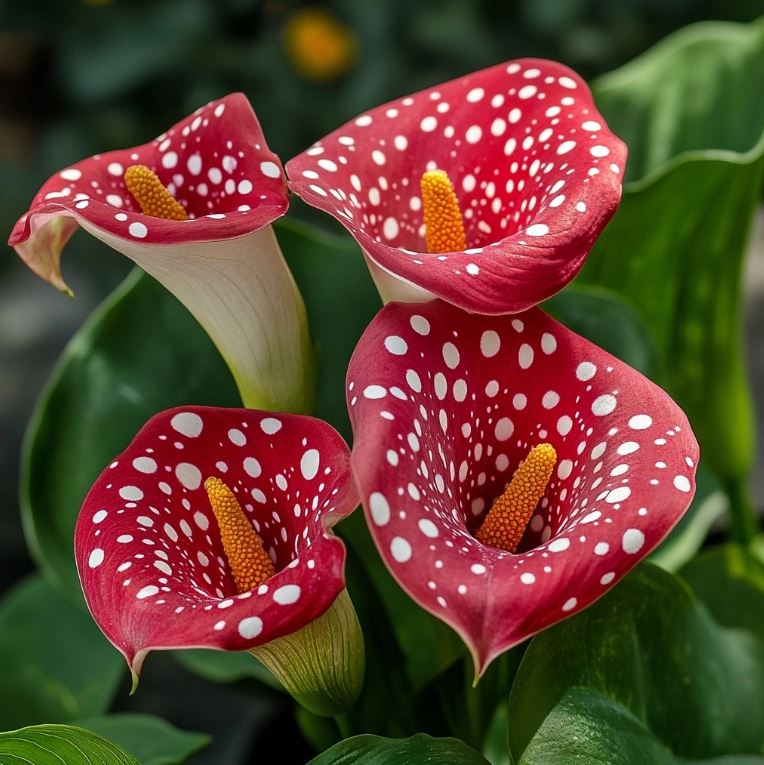
In cooler climates, Calla Lilies benefit from full sun exposure, which typically means at least six hours of direct sunlight daily. This ample light encourages robust growth and prolific blooming. However, in hotter regions, especially those with intense afternoon sun, some shade during the hottest part of the day can protect the plants from scorching and help maintain the quality of the blooms.
The relationship between light exposure and blooming is particularly noteworthy. Calla Lilies grown in fuller sun conditions tend to produce more flowers, while those in shadier spots may have lusher foliage but fewer blooms. This balance allows gardeners to tailor their planting locations based on whether they prioritize abundant flowers or lush, tropical-looking foliage.
It’s important to note that different Calla Lily species and cultivars may have slightly different light preferences. For instance, the common white Calla Lily (Zantedeschia aethiopica) is generally more tolerant of varying light conditions compared to some of the more colorful hybrid varieties, which may require more consistent sun exposure to maintain their vibrant hues.

